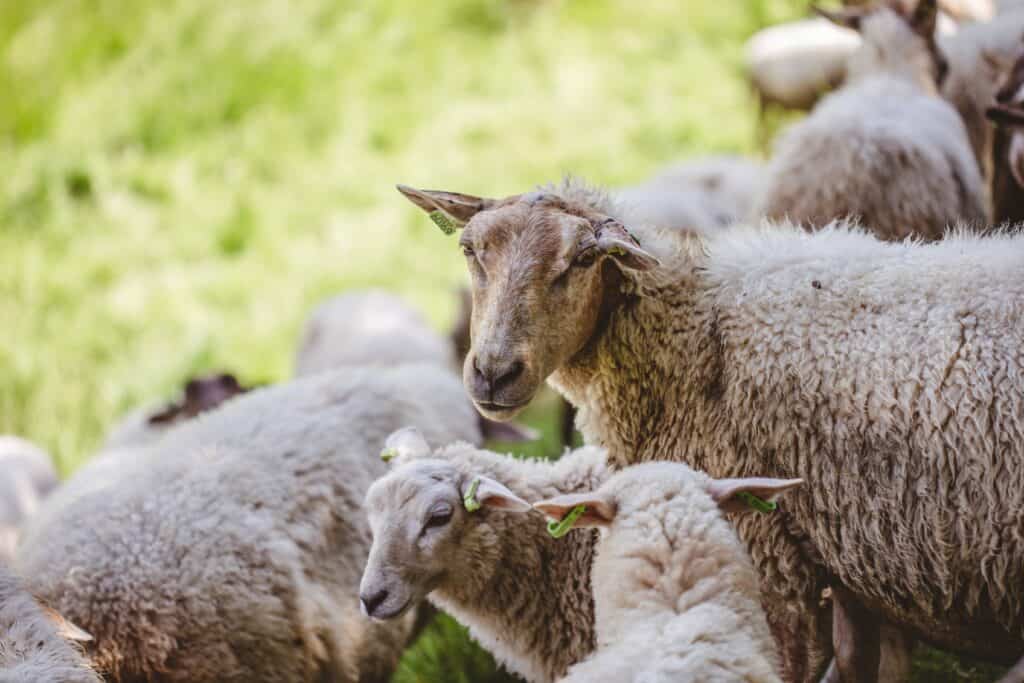
New Zealand farmers have navigated a year of significant challenges, culminating in a promising lambing season. According to a recent report, the expected lamb crop for the year is set to increase by 2.6% compared to last year, reaching 20.9 million head. This rise continues the trend observed over the past few years.
The year began with considerable weather difficulties for farmers, but a favourable autumn ensured that breeding ewes were in prime condition, leading to impressive pregnancy scanning results nationwide.
The spring season further bolstered this success, with a robust lambing percentage of 129.9%, an increase of 4.8% from the previous year. This high lambing rate has compensated for a 1% reduction in the number of ewes, resulting in a strong lamb crop.
However, the positive outlook from these figures is tempered by the financial realities currently facing Kiwi sheep and beef farmers. On-farm costs remain high, and sheep meat prices are particularly low, largely due to an oversupply from Australia and weak market conditions in key areas like China. This situation means that many farmers may not achieve profitability this year, although beef prices have remained stable.
Sam McIvor, chief executive of Beef + Lamb New Zealand (B+LNZ), acknowledges the difficulties confronting farmers. “While the lambing season’s results are commendable, profitability remains a significant challenge,” he says. McIvor highlights the resilience of the sector, noting its history of overcoming tough times and emerging stronger.
He points out that farmers are accustomed to economic cycles and are adept at adapting their strategies, including scrutinising every aspect of their expenditure for value. “The strong lamb crop is a testament to our farmers’ skills and provides a morale boost as we approach potentially drier conditions in some regions,” McIvor adds.
Many farmers are planning to market their lambs earlier than usual this year, aiming for more pre-Christmas processing. This decision is partly influenced by forecasts of potential drought conditions linked to El Nino, although the weather has been wetter than expected.
McIvor remarks, “Farmers are adept at dealing with weather variability. The more pressing challenges in recent years have been spiralling costs, the difficult global market, and concerns over increased regulatory expenses.” B+LNZ, along with industry partners like Federated Farmers, DairyNZ, and DINZ, is working to ensure the new government creates a more supportive environment for farmers.
McIvor finds the government’s response so far encouraging but emphasises the importance of getting the details right to effectively support the agricultural sector.
In summary, New Zealand’s farming community is facing a complex mix of challenges and successes. The strong lambing season offers a glimmer of hope, but economic and regulatory pressures continue to pose significant hurdles.



